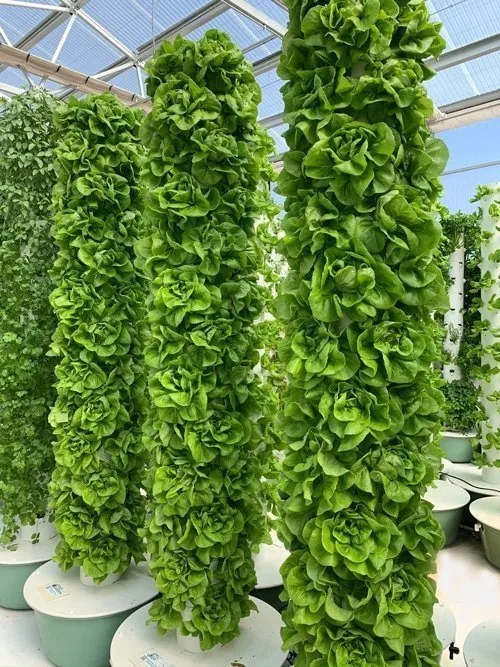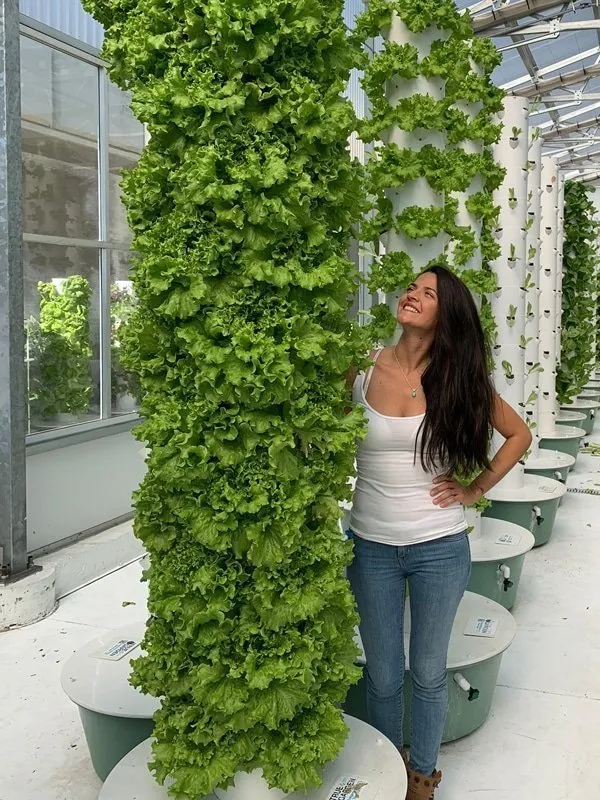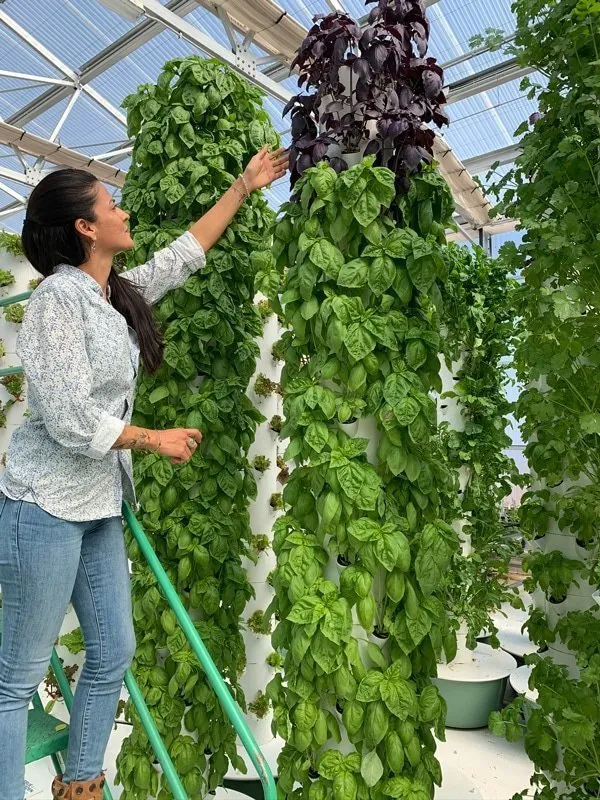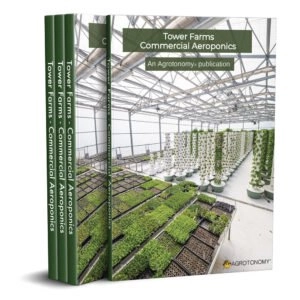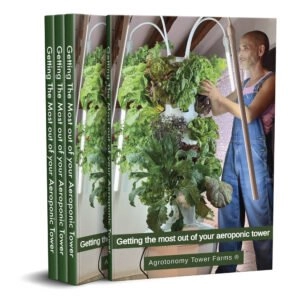Harvest rotations of leafy greens and aromatic herbs depend greatly on different cultivars and growing conditions, whether outdoors, indoors with LED lights, or in a climate-controlled greenhouse.
Even when mentioning ‘outdoors,’ it varies according to weather conditions: tropical climate? Desert climate? Continental climate? Mountain climate? Each crop will grow at a different pace depending on temperatures, humidity, wind, elevation, etc. For example, Swiss chard grows twice as big and twice as fast in tropical climates outdoors compared to growing the same plant in Mediterranean climates.
The same applies to the quality of a greenhouse: are we talking about a hybrid greenhouse that is also subject to climate fluctuation or a fully climate-controlled greenhouse? Of course, when it comes to greenhouses, the best scenario to forecast harvest rotations and crop yield is to grow food in a fully climate-controlled greenhouse since the temperature, humidity, and CO2 levels can be maintained within a specific range. However, even when growing crops within a fully climate-controlled environment, not all greenhouses are equal. CEA greenhouses in cold/rainy climates will need supplemental lighting due to bad weather or less natural light resulting from shorter daylight hours (far north in the Northern Hemisphere and far south areas in the Southern Hemisphere). The quality of the supplemental lights will significantly affect harvest rotations and crop yields.
Indoor farms are subject to the same consideration. The quality of the setup—HVAC, LED lights, etc.—will significantly impact crop production.
It is also complicated to generalize harvest rotations because there might be many variations within a particular cultivar family. For example, there are varieties of large romaine lettuce that will produce 200 g in 30 days, while some romaine lettuce dwarf varieties will only produce 80 g to 100 g in six weeks. However, depending on the local market where such crops are being grown, 100 g of such a dwarf variety may sell for much more than 200 g of its larger counterparts! The same applies to spinach, basil, etc., hence making it very difficult to generalize crop production metrics.
Nevertheless, please find below what we consider to be just a guideline to give you an idea:
- 21 to 26 days growing on the tower before harvest (does not include germination process): Bibb lettuce, Muir lettuce, romaine lettuce, Cherokee lettuce, Tropicana lettuce, magenta lettuce, arugula, oak leaf lettuce, as well as most other lettuce varieties. It takes an average of 5 to 10 days extra for Asian greens such as Mizuna, komatsuna, kangkong, etc.
- 45 days growing on the tower before harvest (does not include germination process): most of all aromatic herbs such as dill, parsley, oregano, thyme, mint, etc. (only 35 days for cilantro).
Such harvest cycles are based on growing crops in a CEA greenhouse.
Once again, the above data is easier to generalize by referring to each cultivar’s exact variety, which also depends significantly on its growing conditions.






